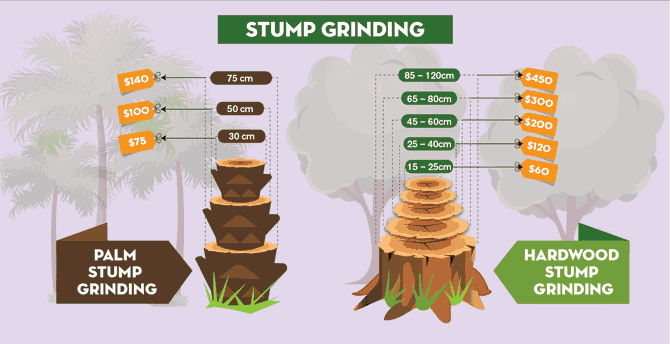Tree Treatment By Season: Reliable Strategies For Handling Trees Before And After Their Removal
Tree Treatment By Season: Reliable Strategies For Handling Trees Before And After Their Removal
Blog Article
Post By-
When it comes to seasonal tree treatment, making certain proper monitoring before and after removal can substantially affect the health and looks of your landscape. By recognizing the needed steps associated with assessing tree health and getting ready for removal, you can proactively secure your property. But what about the crucial techniques to follow when the tree is gone? Stay tuned to uncover the necessary post-removal treatment actions that will aid you grow a flourishing and sustainable atmosphere for your trees.
Pre-Removal Tree Care
Before resolving the elimination of a tree, it's critical to focus on pre-removal tree care. Beginning by evaluating the tree's wellness and structural integrity. Try to find signs of disease, pest invasions, or any type of architectural issues that might present a security risk throughout elimination. It's necessary to consult with a certified arborist to establish the best strategy.
Trimming dead or infected branches can avoid further damage to the tree and make sure a smoother removal process.
Additionally, take into consideration the environmental influence of eliminating the tree. Trees play a crucial duty in our ecological community, so growing a brand-new tree in an appropriate area can aid counter any loss. Make certain that you have the needed permits and permissions for tree elimination, specifically if the tree is secured by regional policies.
Seasonal Upkeep Tips
Evaluating your tree's needs throughout the year is critical for its wellness and durability. To maintain visit the following website page in leading condition, adhere to these seasonal maintenance ideas.
In spring, concentrate on pruning to remove dead or broken branches and urge brand-new development.
Summertime asks for regular watering, particularly during droughts, to guarantee your tree stays hydrated.
As fall strategies, keep an eye out for early signs of illness or tension, and take into consideration using compost to secure the roots throughout winter.
In wintertime, be cautious when getting rid of snow from branches to stop damage, and continue to check your tree's general health.
Remember to readjust your treatment routine based upon the particular demands of your tree varieties and local environment. By remaining attentive and aggressive throughout the seasons, you can assist your trees thrive and prosper for years to find.
Post-Removal Tree Care
To guarantee the wellness of your landscape also after tree elimination, appropriate post-removal treatment is necessary. After a tree is gotten rid of, it's crucial to fill the remaining opening with topsoil and compact it to stop settling. This will certainly aid maintain the integrity of the ground and avoid possible hazards in the future.
Consider planting new plants in place of the eliminated tree to bring back the equilibrium and appearances of your landscape. Frequently tree cut down service to advertise the growth of new plants and protect against dirt erosion.
Examine the bordering trees for any type of indicators of disease or tension that might have been triggered by the removed tree. Watch out for insects that could've been attracted to the previous tree and take safety nets to protect the staying vegetation.
If essential, talk to a specialist arborist to assess the influence of the removal on the bordering trees and determine any type of additional treatment required. By complying with these post-removal care steps, you can make certain the continued health and wellness and charm of your landscape.
Conclusion
In conclusion, positive seasonal tree treatment is crucial for preserving the health and equilibrium of your landscape. By examining tree health, trimming, and talking to an arborist before elimination, you can ensure a safe process. After how long does it take to become a certified arborist , filling up the hole, growing brand-new vegetation, and normal watering will advertise new growth and stop disintegration. Remember to examine bordering trees for condition and look for further treatment actions from an arborist to maintain your landscape growing.
